Home>Gardening & Outdoor>Outdoor Structures>How Close To The Property Line Can I Build A Shed
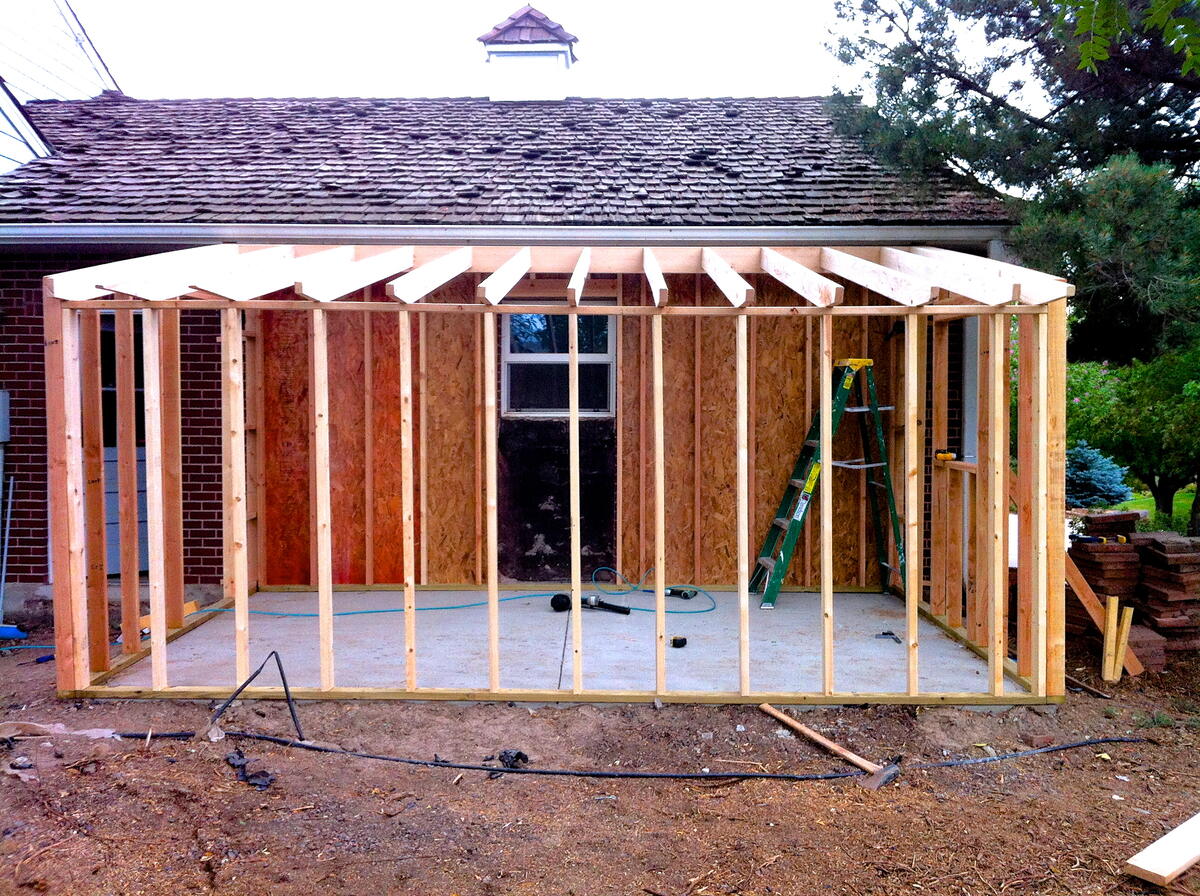

Outdoor Structures
How Close To The Property Line Can I Build A Shed
Published: January 19, 2024
Discover the regulations and guidelines for building outdoor structures near property lines. Learn how close you can legally construct a shed and other outdoor amenities. Explore expert advice on building within property boundaries.
(Many of the links in this article redirect to a specific reviewed product. Your purchase of these products through affiliate links helps to generate commission for Storables.com, at no extra cost. Learn more)
**
Introduction
**
When it comes to enhancing your property with a new shed, one of the primary considerations is the location where you can construct it. The proximity to your property line plays a crucial role in determining the permissibility and logistics of building a shed. Understanding the regulations, codes, and best practices related to this aspect is vital for any homeowner looking to embark on a shed construction project. In this comprehensive guide, we will delve into the various factors that govern how close to the property line you can build a shed. From zoning laws and building codes to setbacks and easements, we will explore the essential considerations that can impact your shed construction plans. By the end of this article, you will have a clear understanding of the regulations and practical aspects involved in building a shed near your property line, empowering you to make informed decisions and embark on your project with confidence.
Key Takeaways:
- Building a shed near your property line requires understanding zoning laws, setbacks, and easements. Compliance, neighborly communication, and professional guidance are key for a successful project.
- Prioritize safety, legal adherence, and neighborly relations when building a shed near property lines. Obtain permits, consider aesthetics, and respect property boundaries for a smooth construction process.
Read more: How Close Can A Shed Be To The Property Line
Understanding Property Lines
Before delving into the specifics of shed construction, it’s crucial to have a solid grasp of property lines. These lines demarcate the legal boundaries of your property and play a pivotal role in determining where you can build your shed. Property lines are typically established through land surveys and are legally documented in property deeds and plats.
It’s important to locate and understand your property lines accurately before planning any construction, including sheds. This can often be achieved by referring to your property deed, which may contain a written property description and, in some cases, a survey map. In situations where property lines are unclear or disputed, consulting a professional surveyor is advisable to ensure accuracy and compliance with local regulations.
Additionally, neighboring properties’ boundaries should be taken into account, as encroaching on a neighbor’s land can lead to legal disputes and complications. Respect for property lines is not only a legal obligation but also a fundamental aspect of maintaining positive neighborly relations.
By gaining a thorough understanding of property lines and their significance, homeowners can lay the groundwork for informed and compliant shed construction, setting the stage for a smooth and trouble-free project.
Zoning Laws and Regulations
When considering the construction of a shed near your property line, zoning laws and regulations are of paramount importance. Zoning ordinances, established by local governments, dictate the permissibility of various structures, including sheds, within specific areas or zones. These regulations aim to maintain a harmonious balance between different land uses and to ensure the safety, aesthetics, and functionality of the community.
Before embarking on a shed construction project, it is essential to familiarize yourself with the zoning laws that apply to your property. These laws often specify setback requirements, which determine how close to the property line a structure can be built. Setbacks are intended to create a buffer zone between buildings and property lines, serving various purposes such as ensuring adequate space for emergency access, preventing overcrowding, and preserving neighborhood aesthetics.
Furthermore, zoning laws may categorize structures based on their size, purpose, and location on the property. For example, a zoning ordinance might differentiate between accessory structures, such as sheds, and primary structures like houses. This differentiation can influence the regulations governing setbacks, maximum height, and overall footprint of the shed.
It’s important to note that zoning laws can vary significantly from one jurisdiction to another, and even within different neighborhoods of the same city or town. Therefore, consulting the local planning or zoning department is crucial to obtain accurate information regarding the specific regulations that apply to your property.
By understanding and adhering to zoning laws and regulations, homeowners can navigate the legal framework governing shed construction, ensuring compliance and mitigating potential issues that may arise from non-compliance.
Building Codes and Permits
Building codes and permits are pivotal considerations when planning the construction of a shed near your property line. Building codes, established at the local, state, or national level, set forth the technical requirements and standards for construction to safeguard the safety and well-being of occupants and the community. These codes encompass various aspects of construction, including structural integrity, electrical systems, and fire safety.
Prior to commencing any shed construction, it is essential to determine whether a building permit is required. Building permits are official approvals from the local building authority, indicating that the proposed construction complies with relevant building codes and zoning regulations. In the context of building a shed near a property line, permits are typically necessary, as the proximity to the boundary may have implications for safety, access, and neighboring properties.
Obtaining a building permit involves submitting detailed plans and specifications of the proposed shed to the local building department for review. The plans should clearly indicate the shed’s dimensions, materials, foundation type, and distance from the property line. The building department assesses the proposed construction to ensure it meets all applicable codes and regulations before granting the permit.
Compliance with building codes is crucial not only for legal adherence but also for ensuring the structural integrity and safety of the shed. Factors such as wind resistance, snow load capacity, and proper anchoring are particularly significant when building near property lines, as neighboring properties and structures may be affected in the event of a structural failure.
By obtaining the necessary permits and adhering to building codes, homeowners can proceed with shed construction confidently, knowing that their project meets the required safety and regulatory standards.
Before building a shed, check local zoning laws for setback requirements from property lines. Setbacks vary by location, so it’s important to know the rules before starting construction.
Setbacks and Easements
Setbacks and easements are critical considerations that directly impact the placement of sheds and other structures in relation to property lines. Setbacks refer to the minimum distance required between a structure and the property line, as mandated by zoning ordinances and building codes. These setbacks are intended to serve various purposes, including ensuring adequate space for emergency access, maintaining neighborhood aesthetics, and preventing overcrowding of structures.
Before planning the construction of a shed, it is essential to be aware of the specific setback requirements applicable to your property. These requirements can vary based on factors such as zoning district, structure type, and the presence of easements. Easements, which grant specific rights to designated parties, may impact where structures can be built, as they often restrict construction within the designated easement area.
Understanding setbacks and easements is crucial for determining the feasible locations for building a shed near the property line. Failure to comply with setback requirements or encroachment into easement areas can result in costly consequences, including the potential demolition or relocation of the non-compliant structure.
When navigating setbacks and easements, it is advisable to consult with a professional surveyor or legal expert to ensure a comprehensive understanding of the limitations and implications they pose for shed construction. By adhering to setback requirements and respecting easements, homeowners can avoid legal disputes and ensure that their shed construction aligns with the established regulations and property rights.
Read more: How Close Can Fence Be To Property Line
Considerations for Building a Shed Near Property Lines
Building a shed near property lines entails a range of considerations that warrant careful attention to ensure compliance, safety, and harmonious coexistence with neighboring properties. As you embark on this endeavor, it’s essential to keep the following factors in mind:
- Regulatory Compliance: Familiarize yourself with the zoning laws, building codes, setbacks, and easements that govern shed construction in your area. Adhering to these regulations is crucial for avoiding legal issues and ensuring the structural integrity and safety of your shed.
- Neighborly Relations: Open communication with your neighbors can foster a positive environment for shed construction. Informing them about your plans and addressing any concerns they may have can help prevent potential disputes and contribute to a harmonious neighborhood.
- Professional Guidance: Consulting with a surveyor, architect, or legal expert can provide valuable insights into property boundaries, construction requirements, and legal considerations. Their expertise can guide you through the complexities of building near property lines.
- Building Permit: Determine whether a building permit is required for your shed construction. Obtaining the necessary permit ensures that your project complies with building codes and zoning regulations, promoting safety and legal adherence.
- Structural Integrity: Consider the structural implications of building near property lines. Ensure that the shed’s design and construction meet the necessary standards for stability, wind resistance, and overall safety.
- Aesthetic Impact: Assess how the shed’s placement near the property line may impact the visual appeal of your property and the surrounding area. Strive to integrate the shed into the landscape in a manner that enhances the overall aesthetics.
- Easement Awareness: Be mindful of any easements that may limit construction near property lines. Understanding the scope and implications of easements is crucial for determining suitable locations for your shed.
By conscientiously addressing these considerations, you can navigate the complexities of building a shed near property lines with prudence and foresight, ensuring a successful and compliant construction process.
Conclusion
Embarking on the construction of a shed near your property line necessitates a comprehensive understanding of the legal, regulatory, and practical considerations involved. By delving into the nuances of property lines, zoning laws, building codes, setbacks, and easements, homeowners can navigate the complexities of shed construction with confidence and compliance.
Respecting property boundaries and adhering to setback requirements not only ensures regulatory compliance but also contributes to harmonious neighborhood dynamics. Open communication with neighbors and a proactive approach to addressing concerns can foster positive relations and mitigate potential conflicts related to shed construction.
Obtaining the necessary building permits and ensuring compliance with building codes are fundamental steps in promoting the safety and structural integrity of the shed. Professional guidance from surveyors, architects, or legal experts can provide invaluable insights and guidance throughout the construction process, particularly when navigating property boundaries and easements.
Ultimately, the successful construction of a shed near property lines hinges on a balanced approach that considers legal adherence, structural integrity, aesthetic impact, and neighborly relations. By conscientiously addressing these facets, homeowners can embark on their shed construction journey equipped with the knowledge and foresight necessary to navigate the intricacies of building near property lines.
With a clear understanding of the regulations and practical considerations involved, homeowners can embark on their shed construction project with a sense of empowerment and assurance, knowing that their endeavors align with legal requirements, safety standards, and the collective well-being of the community.
Frequently Asked Questions about How Close To The Property Line Can I Build A Shed
Was this page helpful?
At Storables.com, we guarantee accurate and reliable information. Our content, validated by Expert Board Contributors, is crafted following stringent Editorial Policies. We're committed to providing you with well-researched, expert-backed insights for all your informational needs.

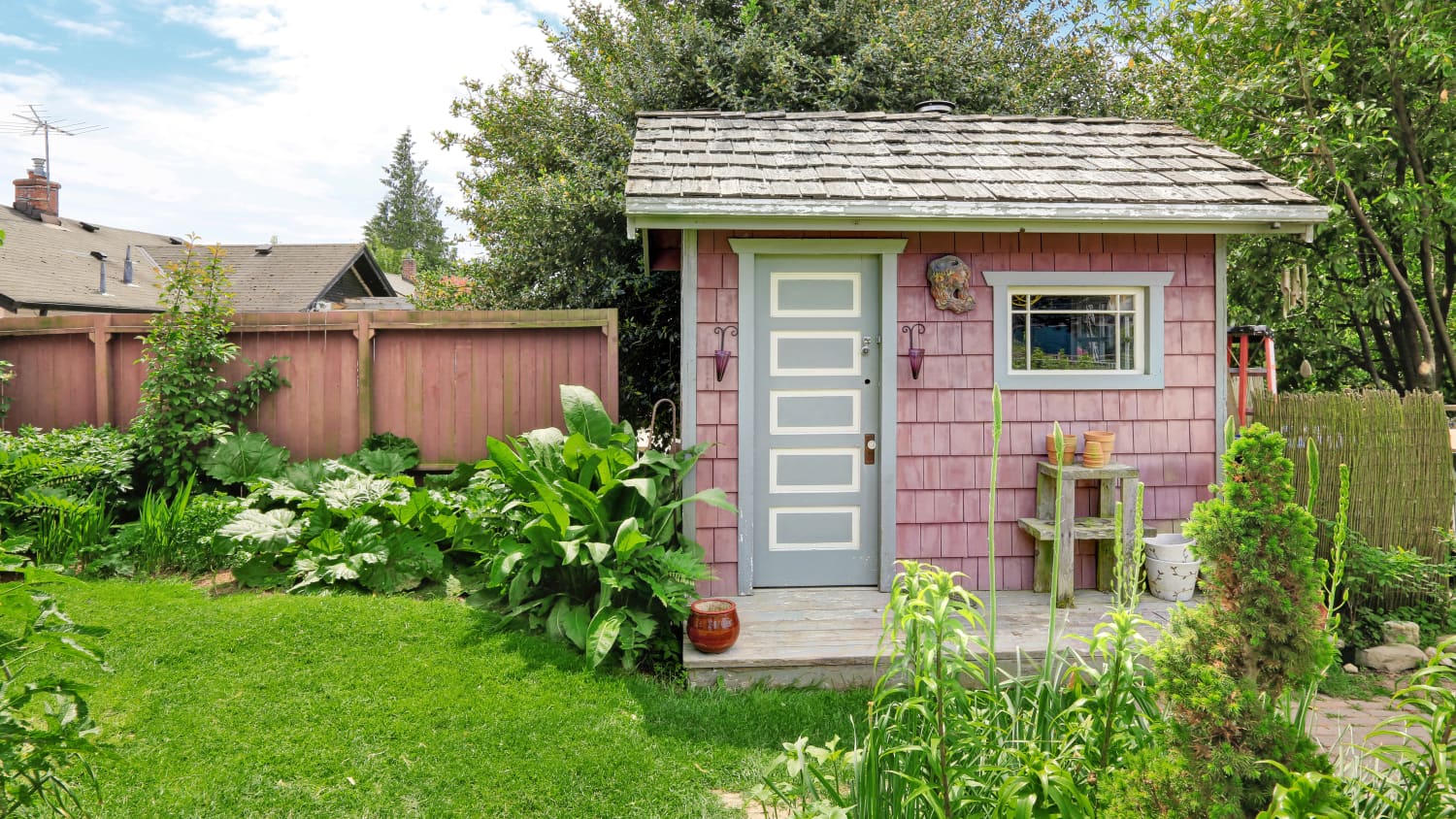
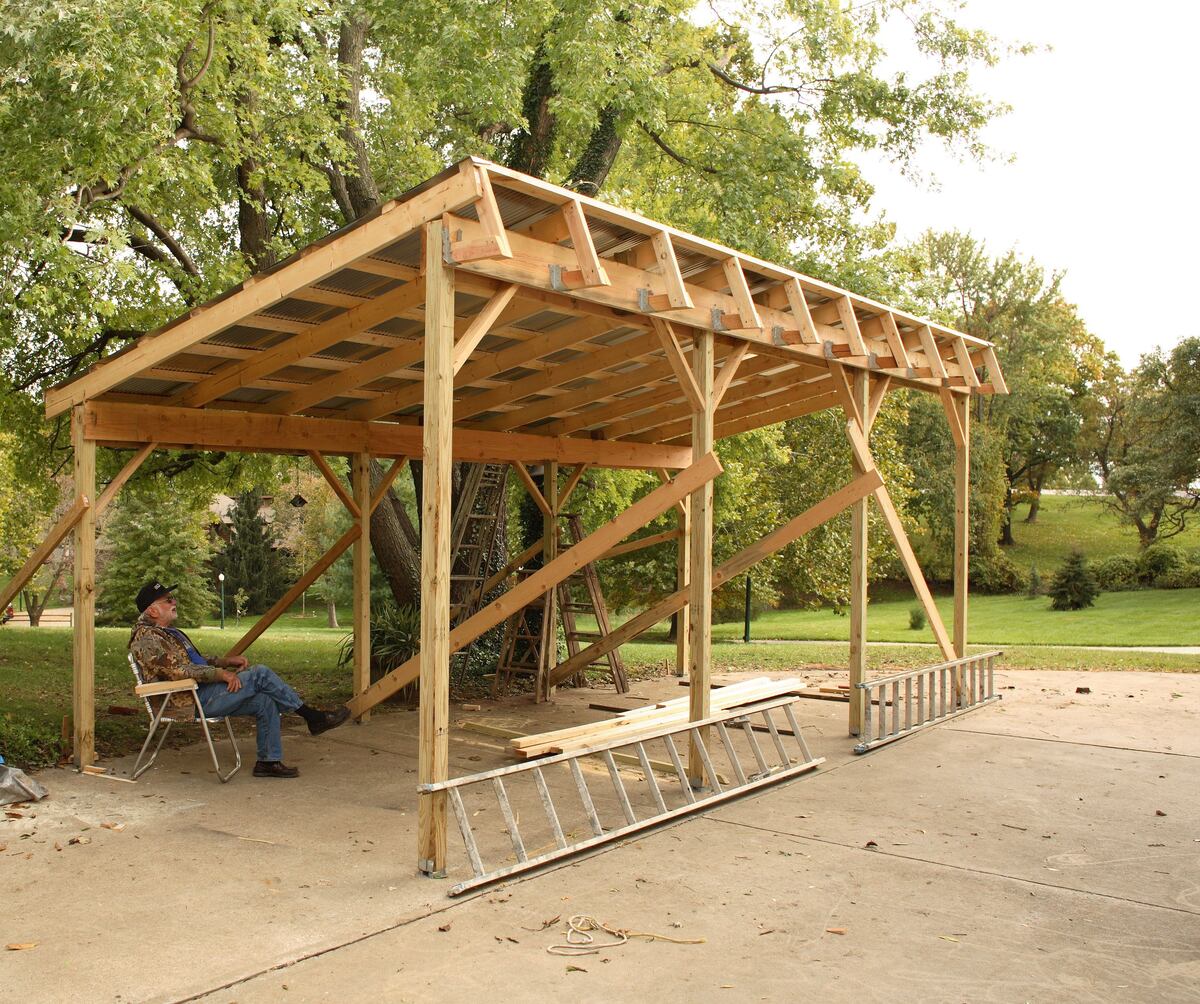
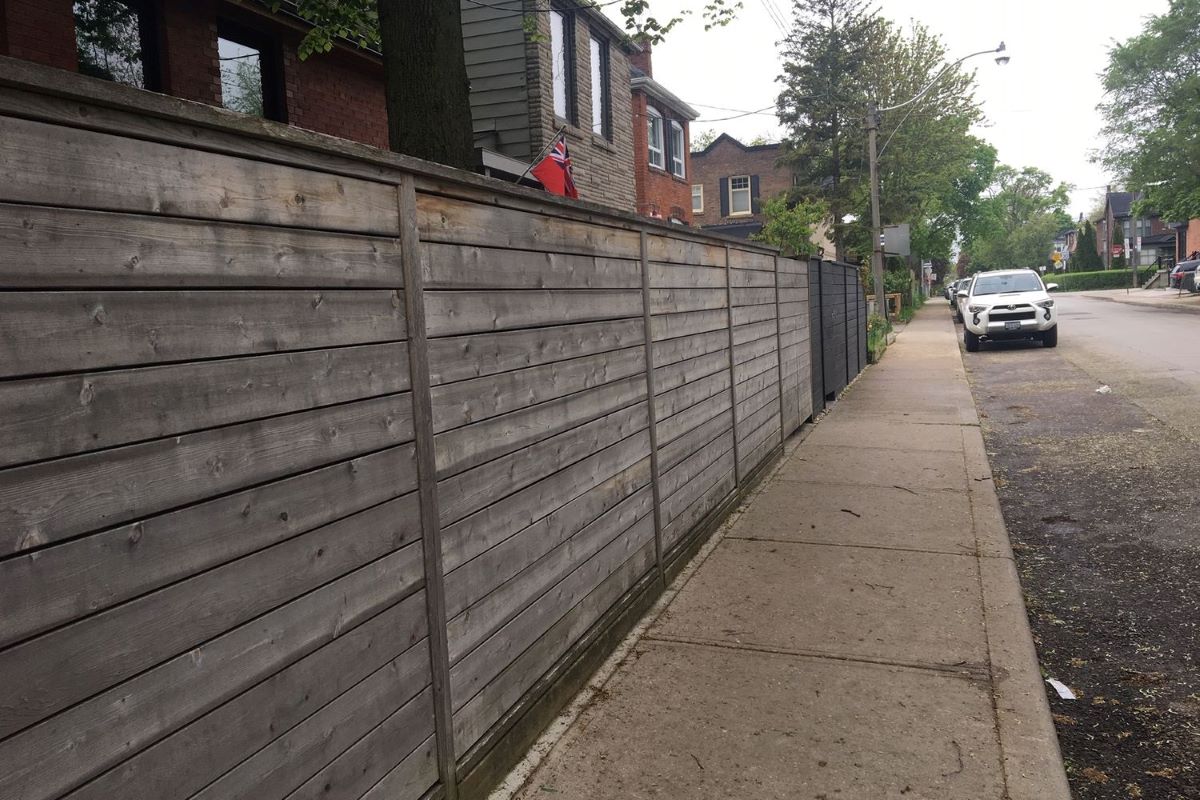
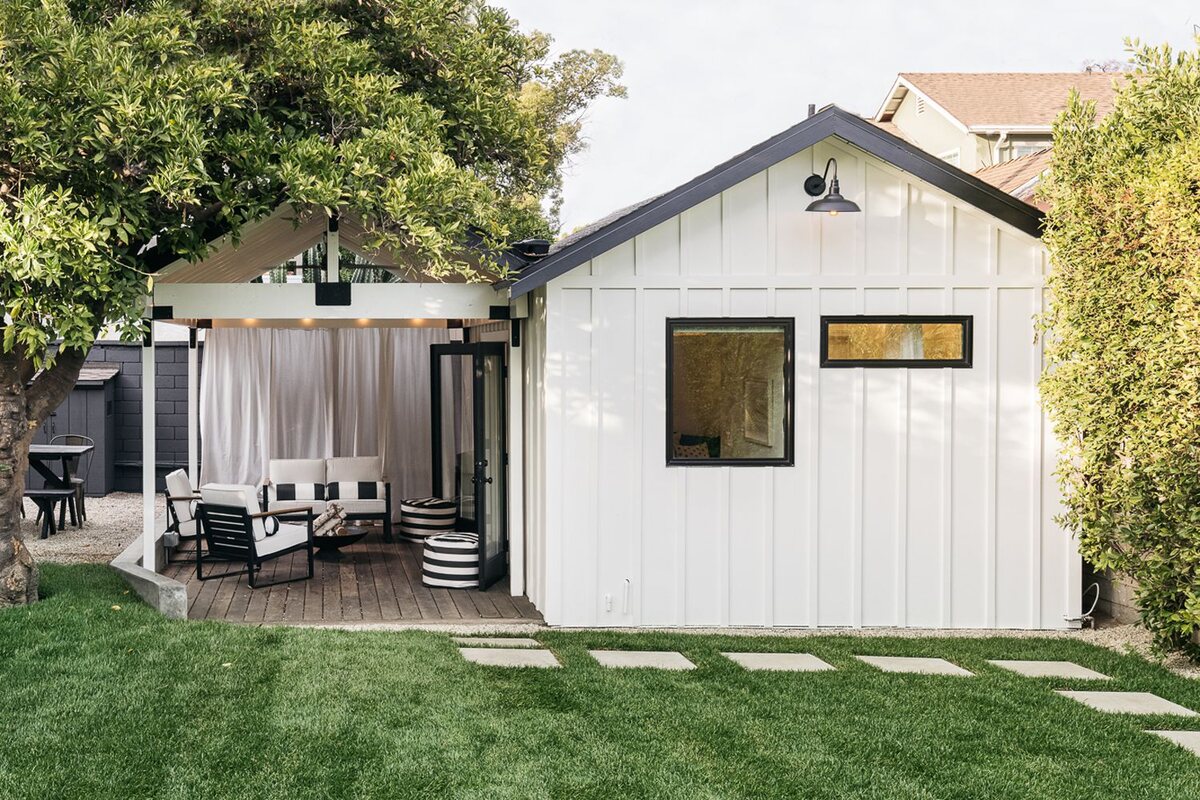
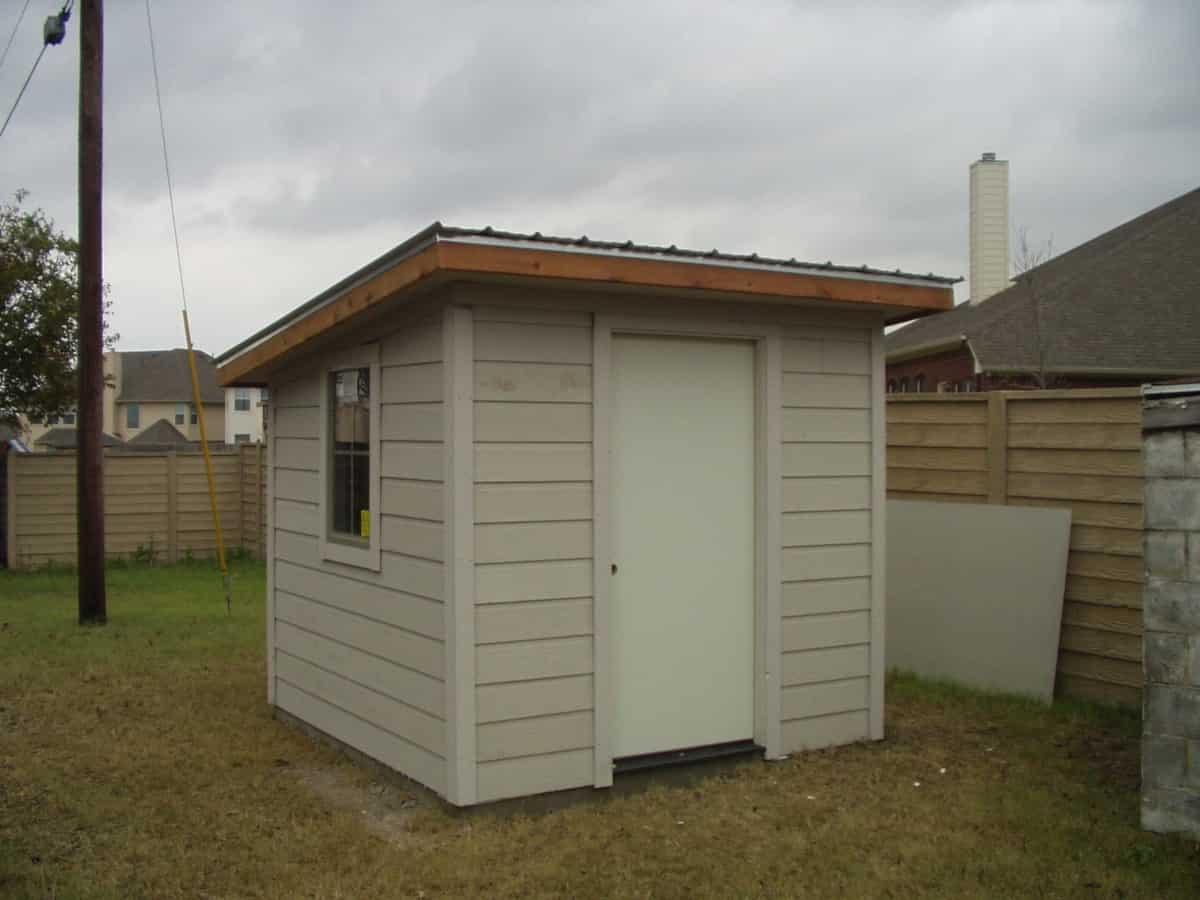
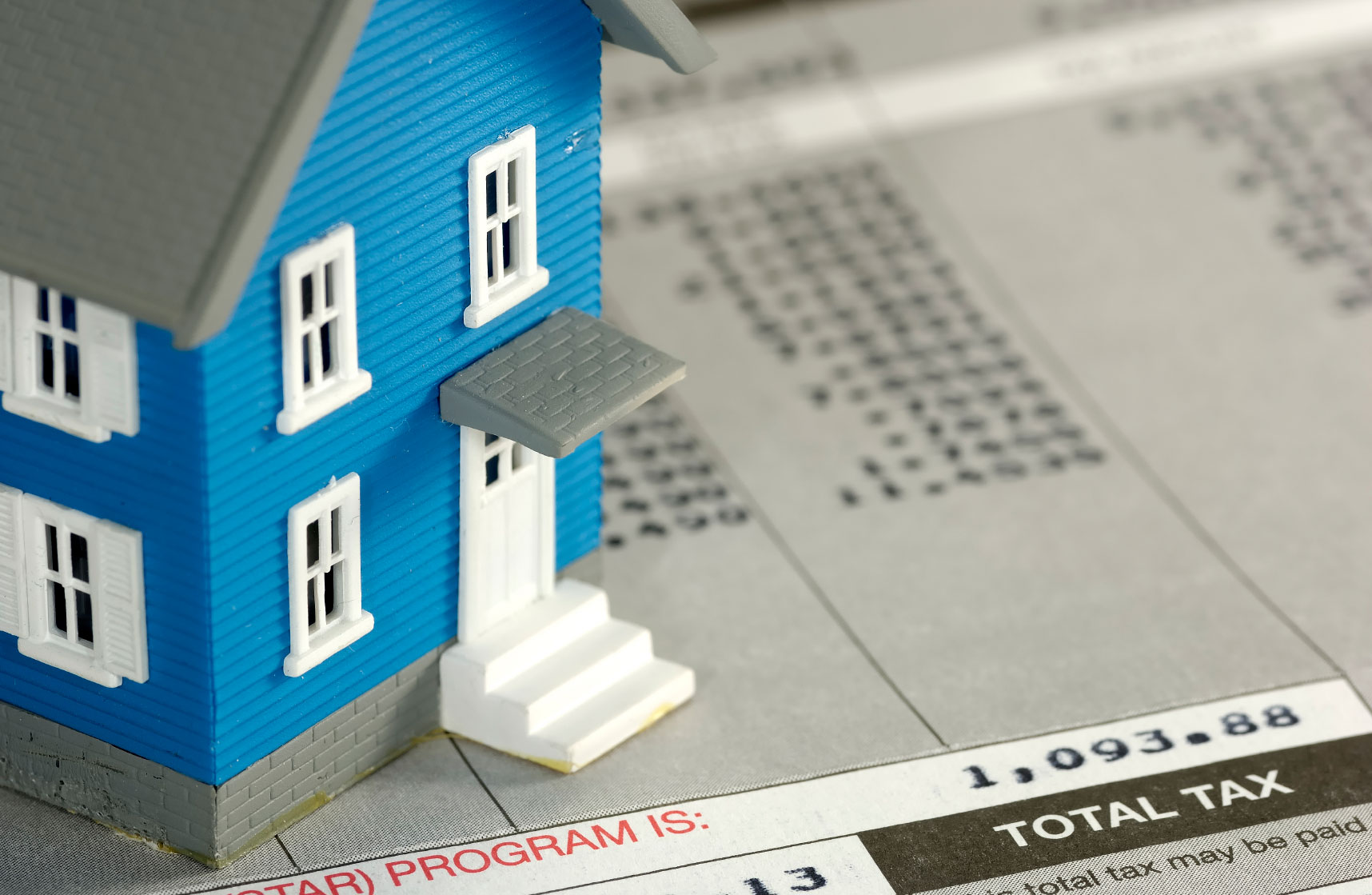
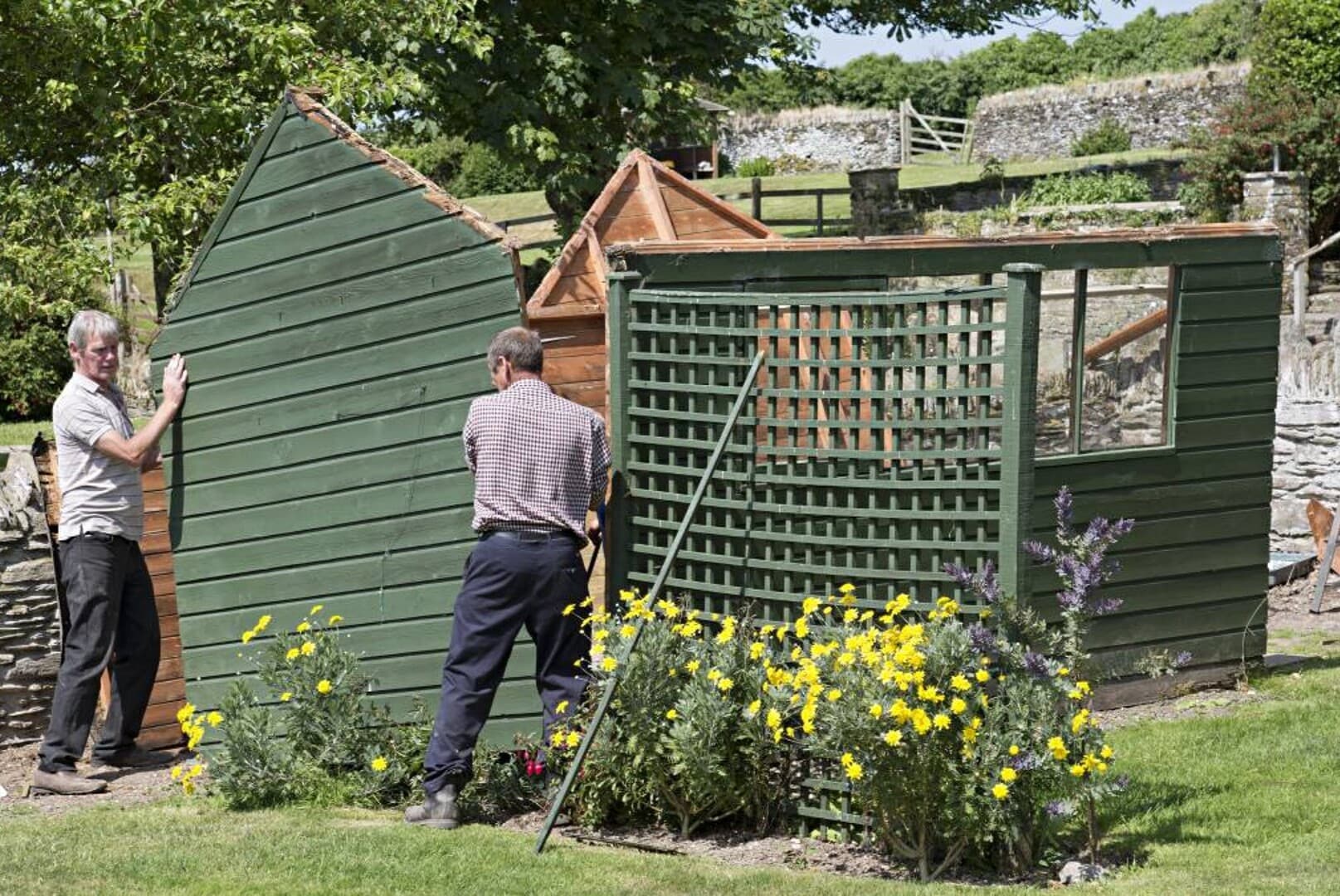
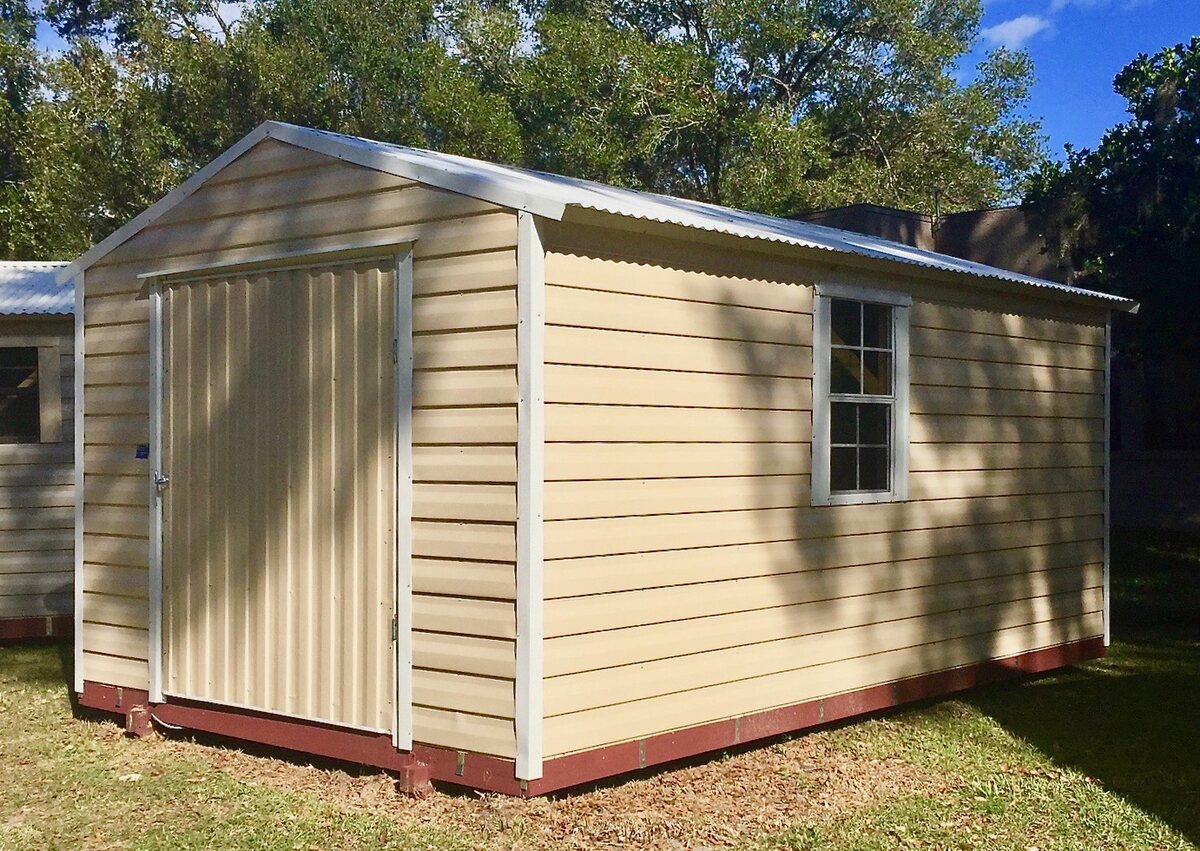
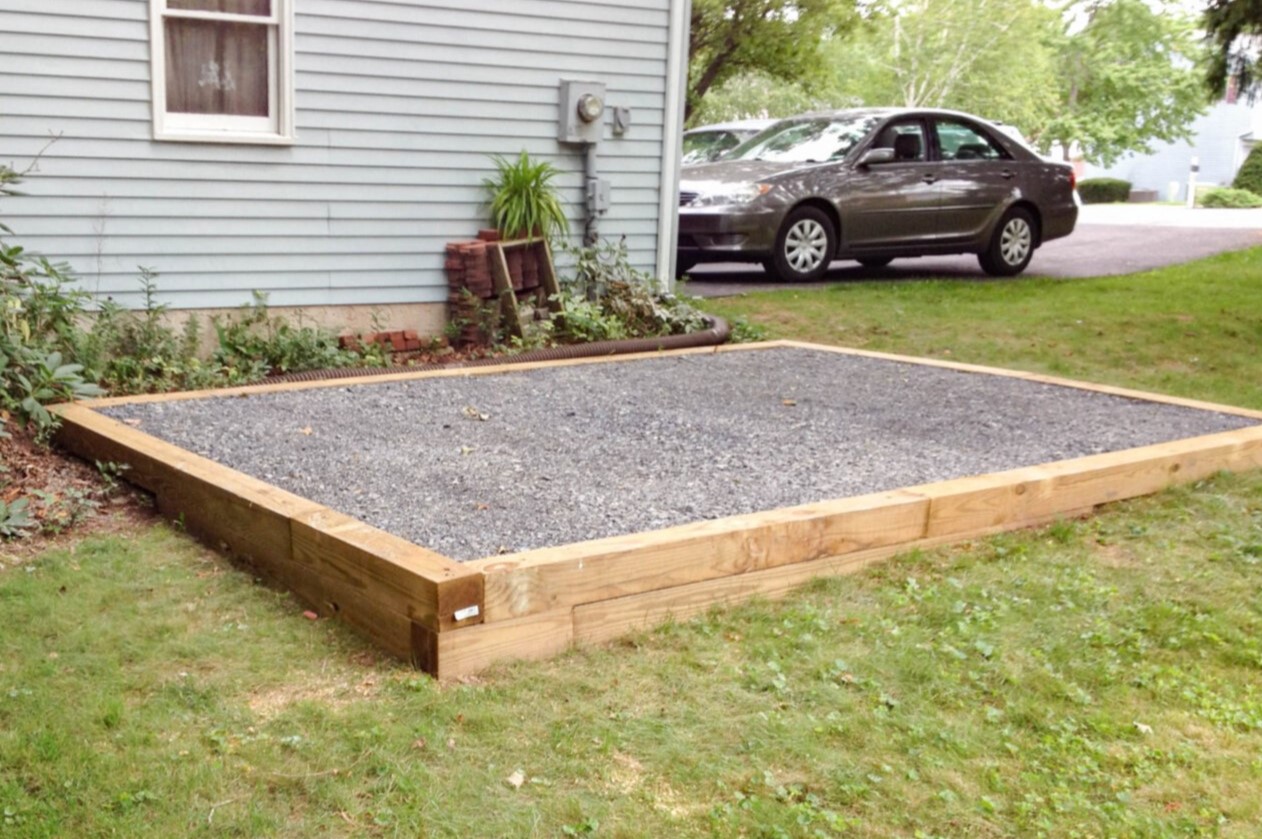
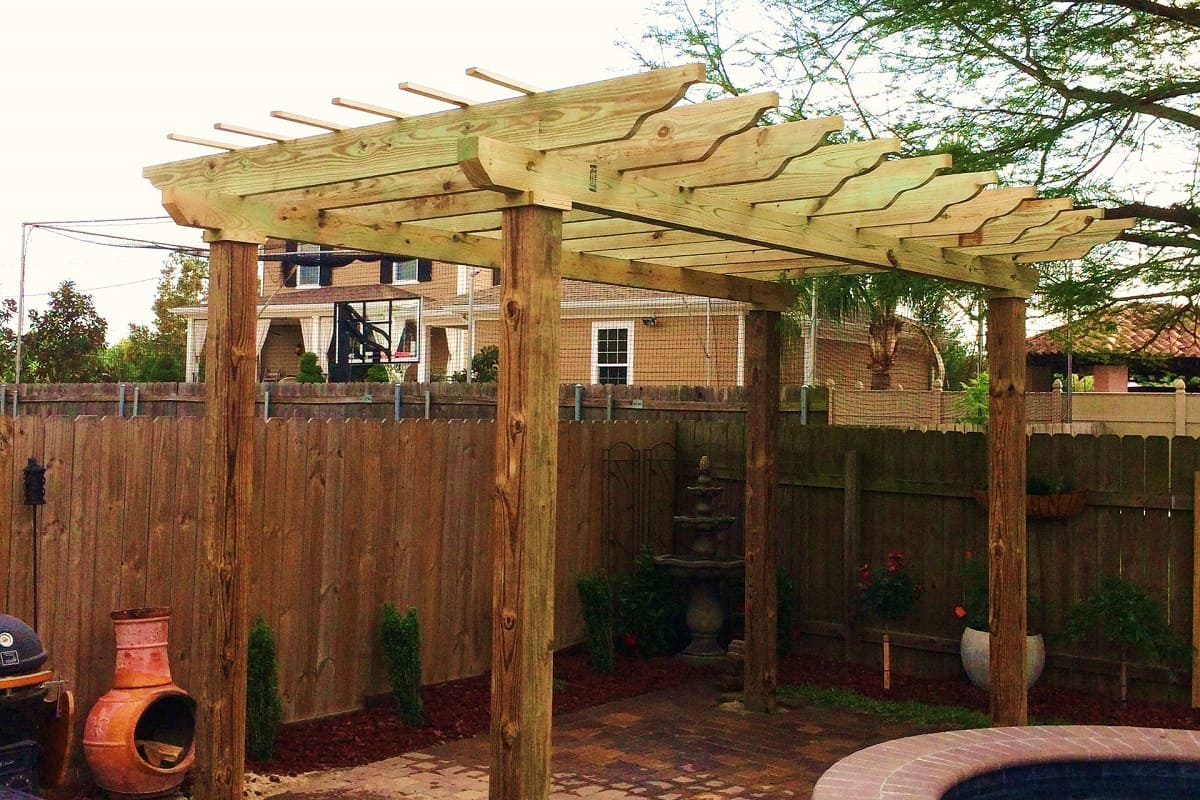

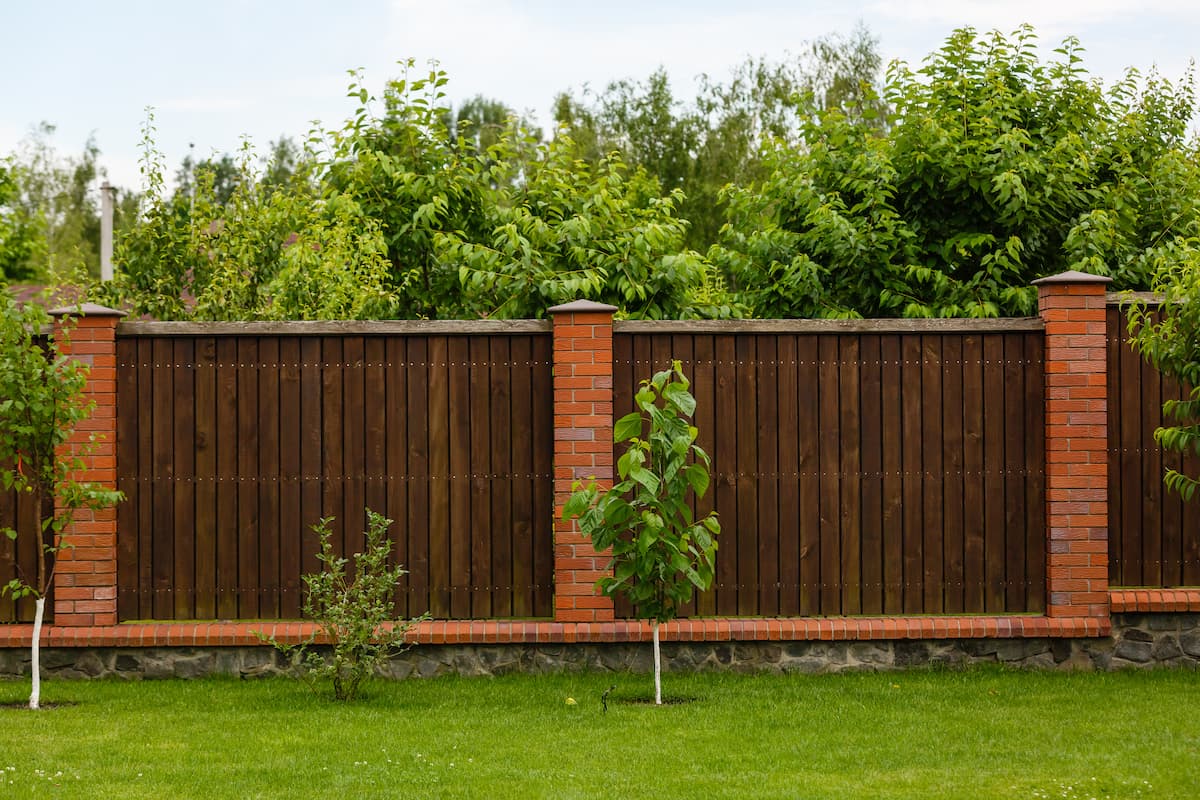


0 thoughts on “How Close To The Property Line Can I Build A Shed”